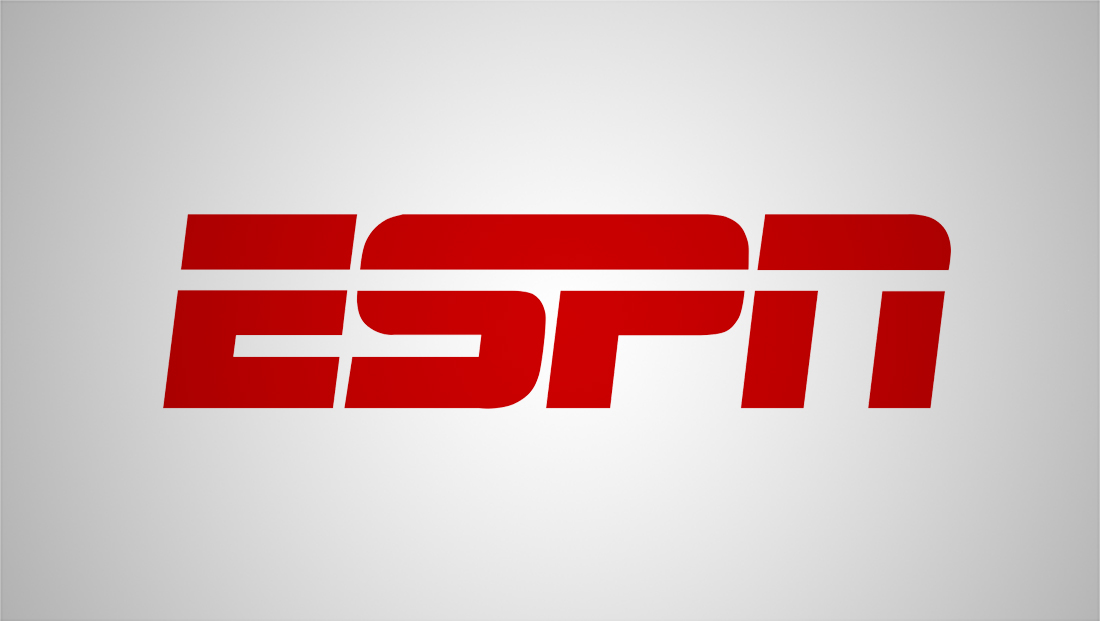ESPN reportedly looking to offer streaming feed of network in ‘coming years’
By MixDex Article may include affiliate links

ESPN is reportedly preparing to sell its primary feed as a separate, standalone streaming service, according to The Wall Street Journal.
Code-named “Flagship,” the project will reportedly let customers sign up to watch ESPN via select streaming devices and platforms without needing a separate cable, satellite or OTT package.
When such a service would be available is not clear, with timing described as in the “coming years.” The article did not mention potential pricing for the package.
The service would be distinct from ESPN+, which offers a distinct collection of on-demand and live programming but does not unlock access to the cable feeds of ESPN, ESPN2 or ESPNews.
Like most cable networks, ESPN does offer streaming viewing on select platforms via TV Anywhere, but this requires the user to have a paid TV subscription.
Live streams of most popular cable channels are largely off-limits outside of TV Anywhere logins due to agreements networks have with pay TV providers.
Most pay TV providers want protections in place so that consumers can’t bypass paying for their subscription plans to access content. Networks such as ESPN, meanwhile, have largely been content to sit back and collect the carriage fees that pay TV providers shell out for the privilege of carrying the network.
However, with streaming being a hot market, it’s also appealing for networks to be able to sell products directly to consumers. Not only does this eliminate fees they have to send to pay TV providers, but it also can be seen as a way to still grab revenue from the increasing number of people canceling traditional pay TV packages in favor of streaming or OTT.
It’s not immediately clear how ESPN would get around any such restrictions with providers ranging from Comcast to DirecTV.
Given that it appears this service isn’t likely to launch in the near future, ESPN parent Disney could be looking to renegotiate clauses with pay TV providers or remove such restrictions in future deals once the current ones expire. It’s unclear how, if at all, pay TV providers might be compensated or at least nullified from losing that exclusivity, though the changing market landscape could take care of that to some degree.
It’s also possible this might not be a significant issue by the time the service comes to fruition as more and more subscribers are dropping traditional pay TV in favor of standalone streaming services — what many label as the so-called “death of cable.”
Such a move would also, in many ways, be similar to efforts to “unbundle” cable channels from only being available in pre-set tiers of services for set prices by giving consumers the opportunity to chose, at least in the case of ESPN, to only subscribe to channels that matter to them.
ESPN is widely cited as one of the main contributors to how much cable and satellite TV costs.
As a popular network backed by the negotiating power of Disney, ESPN is available on almost every paid TV package out there — typically only with the exception of “limited basic” packages that typically only include local ABC, CBS, NBC, PBS and Fox stations plus educational and government channels — so in essence nearly every household in America with a pay TV subscription ends up paying for ESPN whether or not they actually want or watch it.
Many cable providers have been reluctant to let customers have the choice to pick what channels they want beyond predesigned tiers because often their business models rely on being able to negotiate better fees if they can deliver a high number of subscribers to the networks.
Bundles are one reason that ESPN has been able to be so immensely profitable. However, as consumers look to save costs and have more control over their entertainment options, it could be viewed as inevitable that cable networks would be considering these types of moves.
Bundling also means that channels such as Fox’s conservative commentary channel rake in billions of dollars in carriage fees from pay TV companies, meaning that every subscriber is indirectly subsidizing the right-leaning network.
There have been analyses done that show that Fox could essentially lose all of its advertisers and still be profitable thanks to the carriage fees it receives from providers.
However, as more and more people cut out traditional pay TV, these revenue streams could end up becoming significantly less over the next handful of years, which could provide a drastic shift in how cable TV channels operate.
Popular Searches
- TV Industry News
- Broadcast Engineering News
- Broadcast Design News
- TV Talk Shows
- TV Syndication
- TV Advertising
- TV News Jobs
- TV Industry Mergers and Acquisitions
- TV Anchors
- Cable News
- Late Night TV
- TV Syndication News
- Broadcast Industry News
- TV News Drone Journalism
- TV News Augmented Reality
- TV Weather Forecasting
- TV News Journalism
- TV News Ethics
- OTT News
- News About NBC
- News About CBS
- News About ABC
- News About CNN
- News About MSNBC
- News About Fox News

